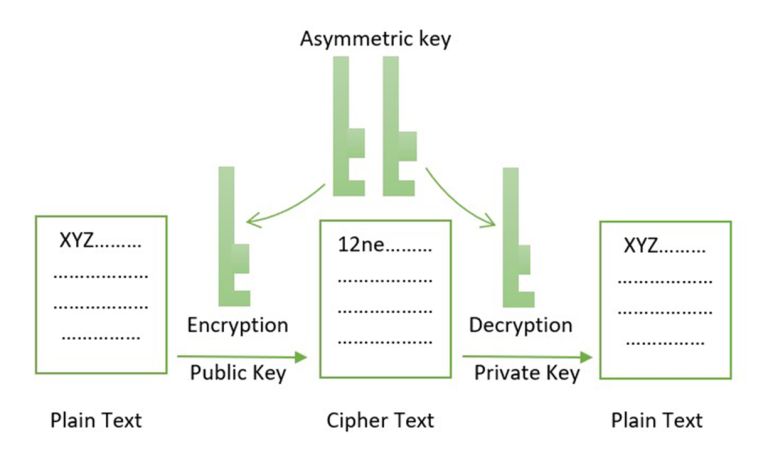
First published Oct'23
How Blockchains work
o Blockchains: A blockchain is a series of Blocks which link up as they need to. It’s a decentralised distributed database that must store and maintain a lot of data in different places. The Bitcoin chain of blocks records and aligns all the transactions and other information required to control all the Bitcoins. It’s locks up sensitive data very well, sometimes too well, but does make it very energy intensive. Bitcoin has about 1m blocks right now and 50k are created a year – so quite a complex web.
o Blocks: The real data (the bitcoin currency) is stored in the Blocks but cannot be transacted (change in ownership) without the input from the wallet (the Secret key). Each block in the blockchain contains a cryptographic hash of the previous block's data, creating the chain. Modifying data in a previous block would change its hash, invalidating all subsequent blocks. As a result, once a transaction is recorded in the blockchain, it becomes extremely difficult to alter or delete.
o Wallets: A blockchain wallet is the special software that controls and communicates the ‘Private keys’ for all your bitcoin info, and you’ll need your own personal password to access this.
o Cryptography: The transactions in the Bitcoin network are maintained using digital signatures, which are created by asymmetric encryption.
o Spending, The Private Key: aka the Secret key is used to generate the a digital signature that verifies the authenticity and integrity of transactions in such a way that only the owner of the private key can use their bitcoins to complete a transaction. Lose your wallet, or forget your password and it’s gone. Infamously keys of the QuadriaCX exchange was held by the CEO, who died in 2018 and $190m then ($1.5b now) have been lost (but it may have been a Ponzi/scam)
o Receiving, Hashed version of Public Key: Bitcoin creates this pseudonymous identifier for receiving Bitcoin payments so doesn’t reveal the user’s actual public key. Users can generate new hashed addresses for each transaction so really good for blackmail and other crimes.
o Hash, Hashed or Hashing: A no-key, non-recoverable method of matching across 2 systems, usually single use and is very quick and low energy. Used a lot in data systems exchanges, e.g. SHA256 (aka SHA2) is the current best practice and most common method, developed by the NSA in 2001. A while ago SHA128 was most common, and we’re moving into SHA512 to stay ahead of hacking power. The number comes from the bit length and each doubling increases security logarithmically. Can be calculated in UTF8 or UTF16 (Unicode Transformation Format encoding method) and the www uses the UTF-8 bit as standard, e.g. the character ‘A’ = ASCII Code 065 and the UTF-16 code 01000001, which is a computers bread and butter.

We need your consent to load the translations
We use a third-party service to translate the website content that may collect data about your activity. Please review the details in the privacy policy and accept the service to view the translations.

